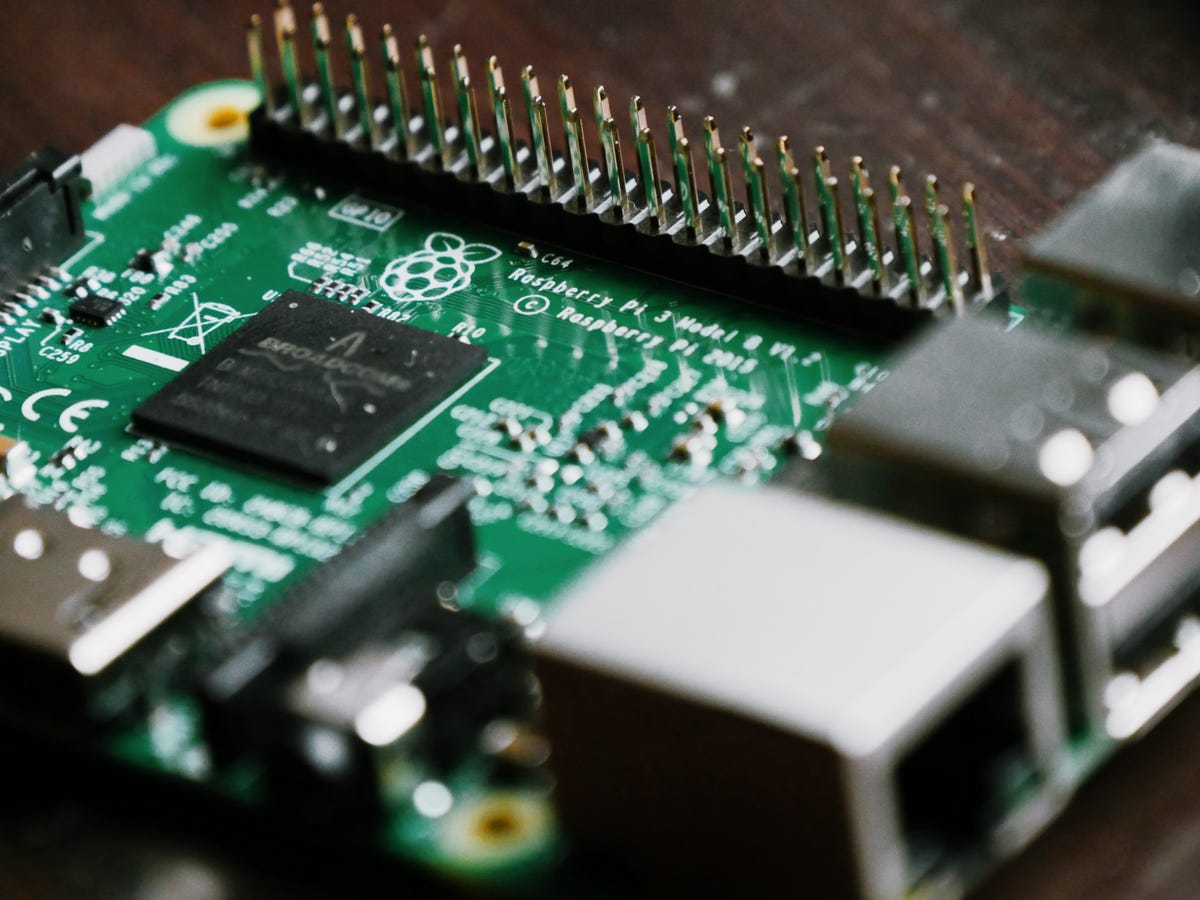Raspberry Pi computers are incredibly fun to tinker with and make it both affordable and possible to have a computer dedicated to one or two very specific tasks around your house.
The applications for Raspberry Pi are virtually limitless, especially with the growing interest in smart homes. But there are some things you should know before you dive into the world of Raspberry Pi.
The $35 computer myth
The Raspberry Pi is marketed as the $35 (£24 or AU$49) computer. At its core, that’s exactly what it is, a functioning computer for $35. However, that price only includes the motherboard plus your most basic input and output connections (HDMI, USB, 3.5mm, power source, etc.).
The base price doesn’t even include a power source. The most recent Raspberry Pi, the Raspberry Pi 3 Model B, requires at least 2.5A to run smoothly. Previous models required 1.8A and below, meaning they could sufficiently be powered with some phone or most tablet chargers. But most mobile device chargers max out at 2.4A, so you’ll need to fork out at least $10 more for the Raspberry Pi charger. No big deal, right? $45 is still a pretty cheap computer.


Taylor Martin/CNET
If you don’t have a spare microSD card lying around, you’ll also need one of those. A 32GB microSD card is a solid size for the Raspberry Pi, since anything over 32GB might give you some trouble with formatting to FAT32. You can find a suitable 32GB microSD card for between $10 (£7, AU$14) and $15 (£10, AU$21) online.
At this point, you’re already sitting at $55 (£38, AU$76), minimum. If you don’t have a spare monitor, keyboard and mouse, you may need to pick up some extras for your Pi. Depending on what project you plan to use your Pi for, you could end up spending upwards of $100 (£68, AU$139) or $150 (£103, AU$208) for other connections, sensor kits or attachments.
That may seem excessive, and even if you only spend in the ballpark of $55, it’s still dirt cheap. But beware the upcharges and endless accessories that come along with the Raspberry Pi.
It’s a time investment
Setting up a new Raspberry Pi only takes a matter of minutes, especially if you purchased an SD card with NOOBS preinstalled. But if you’re new to the world of Raspberry Pi, it can (and will) become a serious time suck. It’s very easy to sink endless hours into a project only to hit a wall that leaves you either hopelessly trying the same thing over and over or wiping the slate clean, starting fresh and flushing 6 hours of work down the drain.
Personally, I find nights spending countless hours tinkering with my Raspberry Pi enjoyable, even if I get nowhere. I’ll spend 4 hours setting up the Raspberry Pi and getting it just right, only to flash a brand new OS the next day.
Your use may be different, but don’t expect the experience to be plug-and-go. After just a few hours with your Raspberry Pi, you’re likely to be 20 pages deep into a support thread on a forum of people who ran into the very same road block you did. Their input may or may not be helpful.
It’s still not going to replace your desktop


Taylor Martin/CNET
The new Raspberry Pi 3 is the fastest and most powerful device the Raspberry Pi Foundation has released to date. It comes with a 1.2GHz quad-core ARM Cortex-A53 and 1GB LPDDR2 RAM. It’s no slouch, especially compared to earlier Pi models, but it’s also not nearly as powerful as your modern, high-end smartphone.
It’s capable of playing 1080p video at 60Hz, making a great choice for a DIY media center. However, it’s not going to suffice as a desktop replacement for most people. It’s still painfully slow at certain tasks, such as loading web pages with the included browser in Raspbian or opening a simple application like Libre Office.
Anyone in their right mind wouldn’t want to use a Raspberry Pi as a desktop replacement anyway — it would be like stepping back into the early 2000s. But for the considerably low price, its performance is impressive and it’s easily one of the best project boards on the market.
There are alternatives
Raspberry Pi may be the name you hear touted when talking about project boards, but there are many alternatives these days.
The PINE A64 was a successfully funded Kickstarter project that touts a 1.2GHz 64bit quad-core ARM A53 and 512MB DDR3 RAM for just $15 (£10, AU$21) or an upgraded model with 2GB DDR3 RAM for $29 (£20, AU$40).
The ODROID-C2 is only $5 more (£3 or AU$7) with a 2GHz quad-core ARM A53, 2GB DDR3 RAM and a Gigabit ethernet port. Or just a step back is the ODROID-C1+ for $32 (£22 or AU$44) with 1.5GHz quad-core ARM Cortex-A5, 1GB DDR3 RAM and a Gigabit ethernet port.
And that’s just the tip of the iceberg. There are numerous alternatives, such as the Arduino Uno, BeagleBone Black, JaguarBoard, Banana Pi and, if you want something small with a bit more oomph, the ODROID-XU4.
Things are only getting better
The Raspberry Pi Foundation launched its first board in 2012. In just four years, the hardware has significantly improved, the price point has remained the same and the community has grown into a thriving and resourceful group of people who are doing amazing things with very limited hardware.
Now with a handful of options on the market, things are only going to get better. The hardware will continue to jump by leaps and bounds, software options are growing in numbers and the possibilities are growing.




